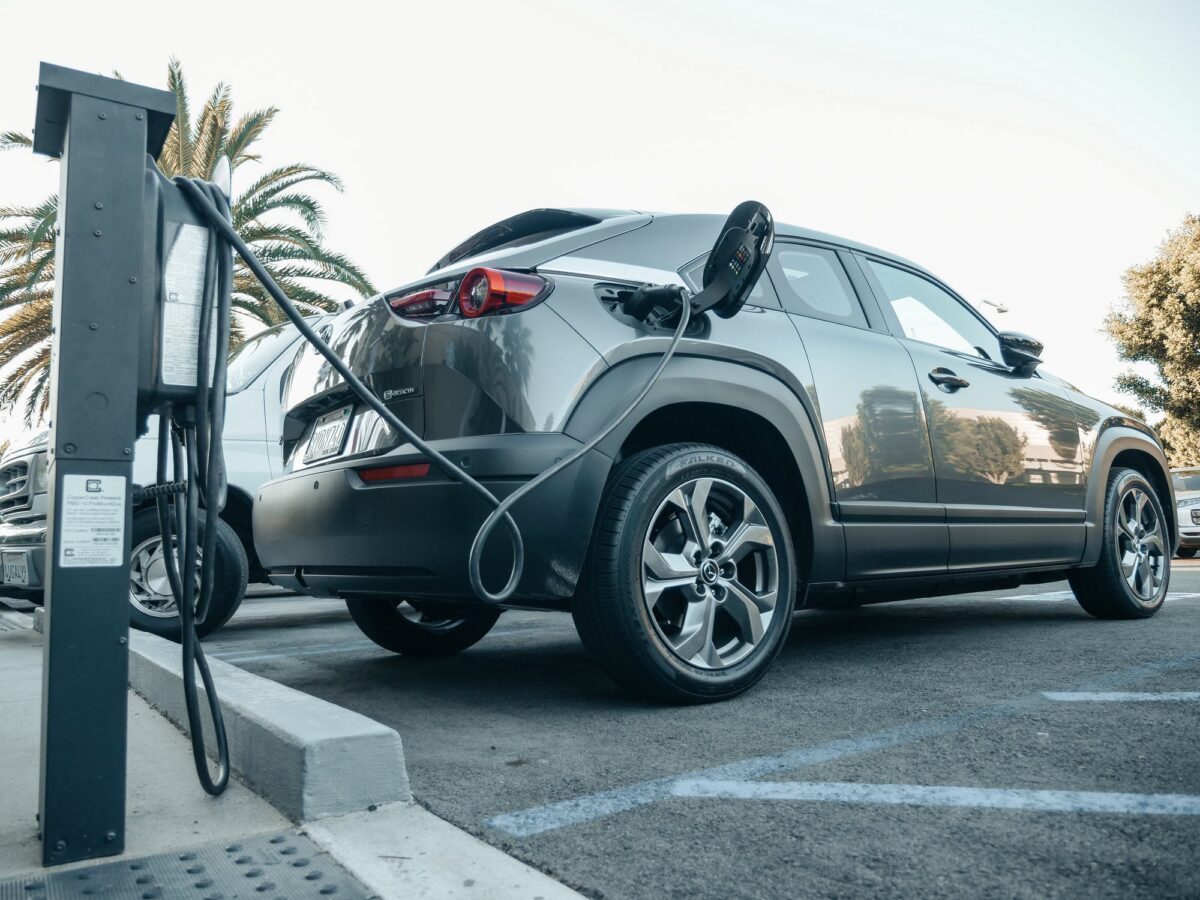Many renowned car companies have, by this point, tested the waters of the electric vehicle (EV) market. However, thanks to the roaring success of electric car sales last year, and governmental and environmental incentives, the EV market is about to shift up a gear.
Global shortage
The vehicle market was not able to avoid the semiconductor shortage that has been prolific for the past few years. Safety features, connectivity and a car’s onboard touchscreen all require chips to function.
This, combined with the work-from-home evolution kick-started by the pandemic, meant that car sales decreased, and manufacturers slowed down production. New car sales were down 15% year-on-year in 2020, and the chips freed up by this ended up being redirected to other profiting sectors.
Even without the demand from the automotive industry, it has not been plain sailing for chipmakers, who not only had to contend with factory closures due to COVID-19, but also several natural disasters and factory fires, and a heightened demand from other sectors. Needless to say, the industry is still catching up two years later.
The automaker market
Despite new car sales having an overall decline in 2020, EV sales had about 40% growth, and in 2021 there were 6.6 million electric cars sold. This was more than triple of their market share from two years previously, going from 2.5% of all car sales in 2019 to 9% last year.
Part of the reason why EV sales were able to continue was due to the use of power electronics in the vehicles. While there is a dramatic shortage of semiconductors and microelectronics (MCUs), the shortage has not affected the power electronics market to the same extent. That is not to say that an EV doesn’t need chips. On the contrary, a single car needs around 2,000 of them.
It begs the question, how many EVs could have been sold if there weren’t any manufacturing constraints. Larger companies with more buying power would have been able to continue business, albeit at an elevated cost, while smaller companies may have been unable to sustain production.
Bestsellers
The growth of the EV business in China is far ahead of any other region, with more EVs being sold there in 2021 than in the entire world in 2020. The US also had a huge increase in sales in 2021, doubling their market share to 4.5% and selling more than 500,000 EVs.
In Europe last year 17% of car sales in 2021 were electric with Norway, Sweden, the Netherlands and Germany being the top customers. Between them, China, the US and Europe account for 90% of EV sales
Predictions and incentives
Several governments have set targets to incentivise the purchase of electric cars, and to cut down on CO² emissions caused by traditional combustion engines. Many of these authorities have given themselves ambitiously little time to achieve this, too.
Biden announced last year that the US would be aiming for half of all car sales to be electric by 2030, and half a million new EV charging points would be installed alongside this. The EU commission was similarly bold, proposing that the CO² emission standard for new cars should be zero by 2035, a 55% drop from the levels in 2021.
Companies are also setting EV targets and investing in new electronic models. Some manufacturers are setting targets as high as 50% of their production being electric within the next decade, while others have allotted $35 billion in investment in their pursuit of EV sales.
Possible pitfalls
Aside from the obvious issues there have been with semiconductor production and sourcing, there are also other factors that may make the future of EVs uncertain. One of the essential components of an electric car is its battery, and the materials that are used are increasing in price.
Lithium, used in the production of lithium-ion EV batteries, appears to be in short supply, while nickel, graphite and cobalt prices are also creeping up. However, research is underway for potential replacements for these, which may help for both supply times and the associated costs.
The shortages are affecting everyone, but thankfully Lantek is here to take some pressure off. No matter what electronic components you are looking for, the team at Lantek are ready to help. Contact us today at sales@lantekcorp.com Alternatively, you can use the rapid enquiry form on our website.



